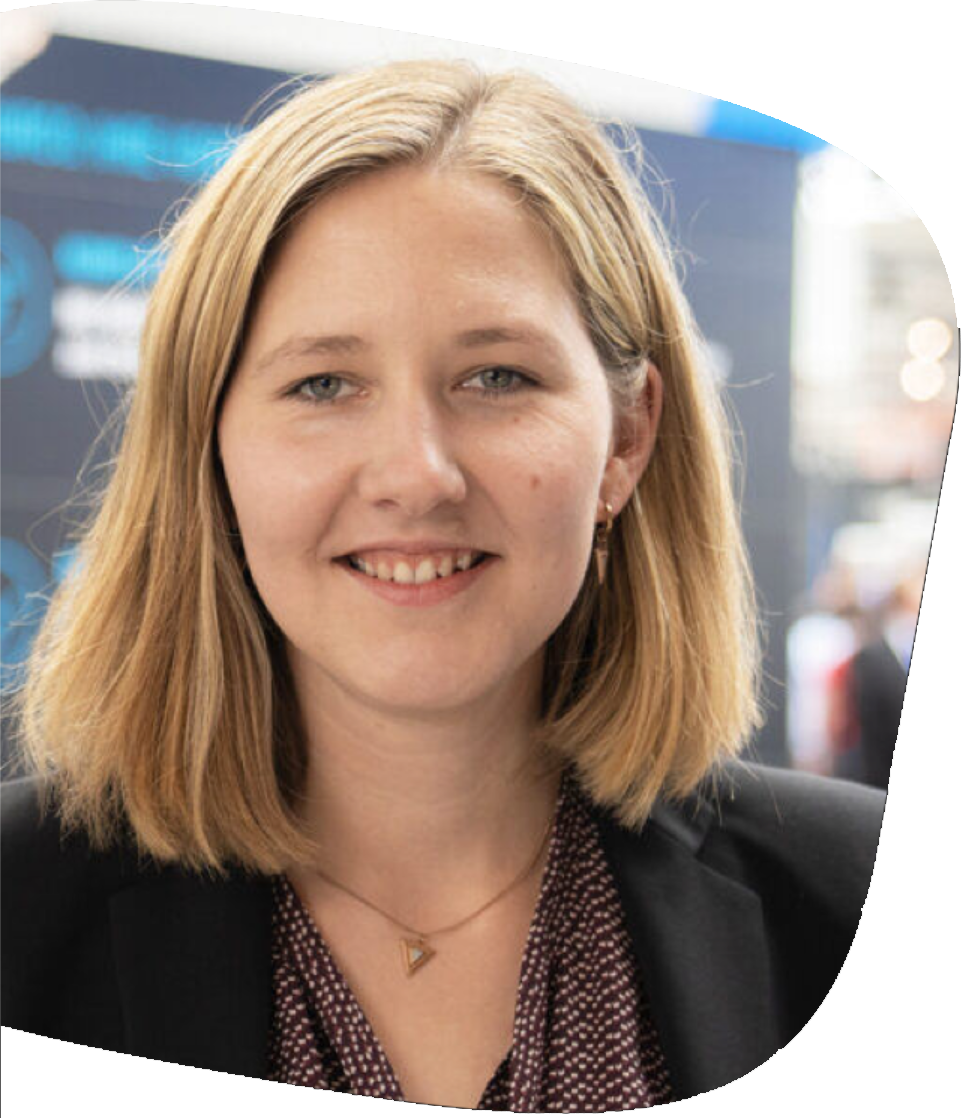18.02.2022
Programming free-form surfaces right at the machine
Blog article
HURCO introduces yet another market innovation by offering you the option of program-ming free-form surfaces directly at the machine. This feature lets contract manufacturers take on jobs that were previously too time-intensive or unprofitable by allowing them to dispense with the detour through a separate CAD/CAM system.
Pliening, Germany, March 2022:
Greetings to my friends in the machining world. My name is Sebastian Herr and I manage Applications Technology at HURCO.
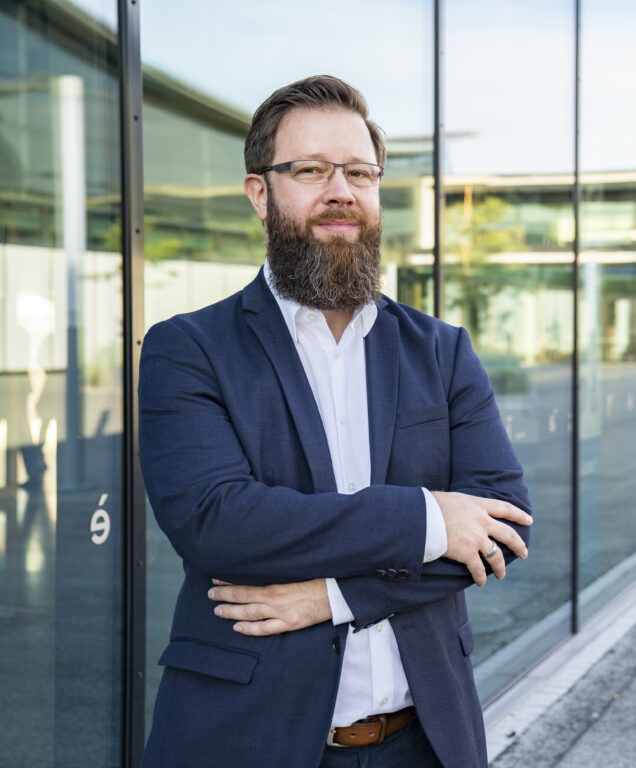
I want to use this article to acquaint you with a new function incorporated in our HURCO control software. I will start by focusing on the option of programming free-form surfaces right at the machine.
As many of you know, HURCO control software has already accommodated those of you wanting to read in 3D models directly using the STEP format for some time now. This “Solid Model Import” feature not only substantially reduces programming times but also provides protection against programming errors.
The new function is an extension of the existing “Solid Model Import” option. Where surfaces and solid edges of a CAD model were previously selected, you can now program 3D surfaces directly at the machine as free-form surfaces. This level of latitude is underpinned by the Solid Model Import because the scans of STEP component surface geometry form the foundation for subsequent processing.
Programming 3D surfaces
You start the process of generating the required data sets right at the machine in the usual way by loading the desired component into the HURCO control. The HURCO machine’s touchscreen is used to program the previously imported data. The STEP file representing the various surfaces appears on the screen at the right. These can then be selected to generate associated data sets suitable for saving to support individual machining processes. The data sets embrace the entire array of additional commands, such as pivoting to new processing planes. A new feature is the “Surface” command that is now incorporated in the control system. Using this new functionality, even free-form surfaces can be converted into data sets for machining. WinMax supports this ability by generating a data set created specifically for the individual machining process. All the operator needs to do is enter the tool and the process parameters. The control system performs all of the calculations to define tool paths for the ensuing roughing and final finishing operations. Needless to say, this also applies to the subsequent pivot planes when you program multilateral machining.
Here are a couple of explanatory images to help illustrate the concept.
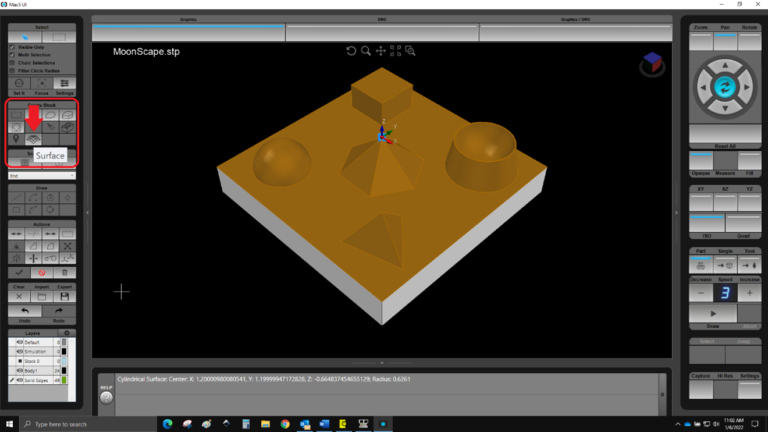
The first step requires selection of the surface to be machined. You then simply select the “Surface” data set – meaning the data set for the surfaces – from the option menu of the left.
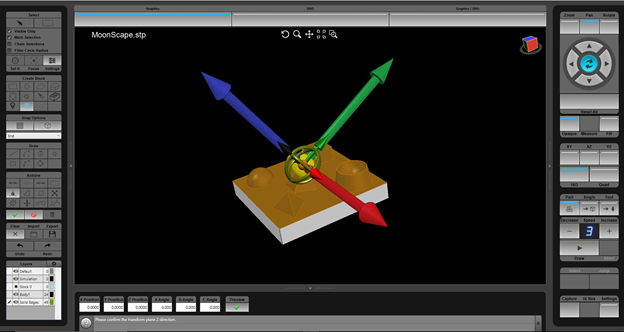
The surface can then be machined with the applied tool. Precisely what you need for this machining operation.
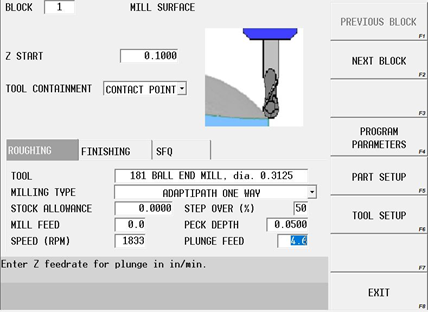
The control system then generates a data set for the selected surface, after which all you have to do is enter the tool and the technology data. Then simply specify the optimal strategies for roughing and finishing and away you go. It goes without saying that finishing operations, including the required allowances, can be repeated as often as desired. Over and again until the desired surface has been machined to perfection.
By the way, the newer HURCO machines are equipped with a Multi-Touch display similar to that found on smartphones. You therefore only need two fingers to zoom in and out or twist and turn the part. This speeds up programming and makes it more convenient.
For those of you wanting to expand their knowledge of the Solid Model Import option, please proceed to our Tutorial.
Tool and milling cycles
For machining free-form surfaces, I recommend that you specify a spherical or torus cutter. Both are well-suited for use in machining 3D surfaces as they allow sequential, single-step changes in workpiece contact area. You can also employ the torus cutter to machine flat surfaces. The HURCO program database includes a multiplicity of standard tools of the kind essential for 3D machining operations. There is also an extensive array of machining cycles. The program calculates all of the necessary processing steps based on surface geometry.
Advantages of the expanded Solid Model Import function
What we all see: The complexity of machined parts is increasing. CAD/CAM systems for discharging programming duties are virtually indispensable. The new 3D capability may well save you the procurement cost of a complex CAM system, or the expense of commissioning a CAD/CAM service provider to generate the required models. In view of progressively shrinking delivery times this can be a genuine asset. It allows direct calculation and processing of job orders. Which saves both time and money. If a firm already has its own existing CAD/CAM station, Solid Model Import will free it up for use in processing other 3D parts.
Some of the HURCO machines purchased in recent years can be retrofitted with a software upgrade to support programming of free-form surfaces. With older machines you will have to consider whether investing in the upgrade would be justified.
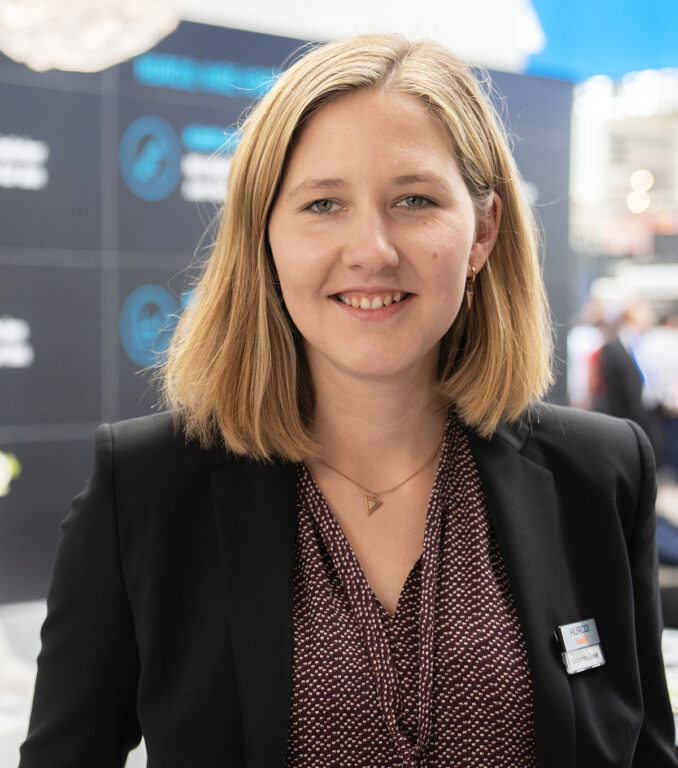
Contact:
HURCO Werkzeugmaschinen GmbH
Alexandra Banek
Gewerbestraße 5 a
85652 Pliening
Phone +49 89 905094 29
abanek@hurco.de

